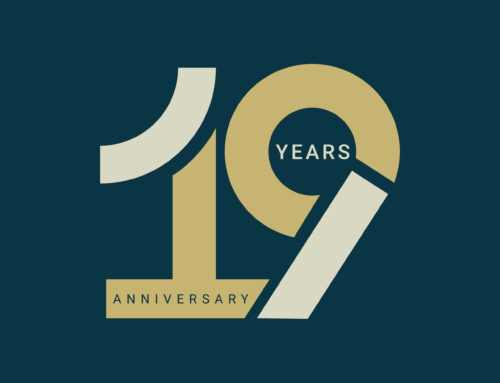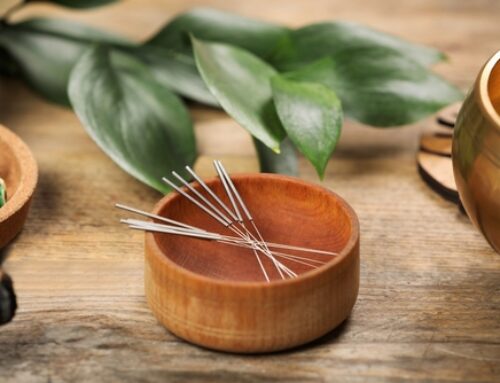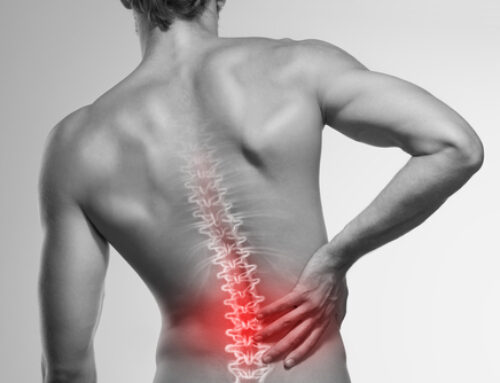Upper Cross Syndrome (UCS) is described as a muscle imbalance pattern located at the head and shoulder regions. It is most often found in individuals who work at a desk or who sit for a majority of the day and continuously exhibit poor posture. In UCS tightness of the upper trapezius and levator scapula on the dorsal side crosses with tightness of the pectoralis major and minor. Weakness of the deep cervical flexors ventrally crosses with weakness of the middle and lower trapezius. This pattern of imbalance creates joint dysfunction, particularly at the atlanto-occipital joint, C4-C5 segment, cervicothoracic joint, glenohumeral joint, and T4-T5 segment. (Janda 1988)
What does all this mean? Basically, it means that when 4-5 muscle groups get too tight, it can lead to a chain of events that can create shoulder dysfunction, neck pain, headaches, and pain between the shoulder blades. To identify UCS, look for these specific postural changes:
- Forward head posture – Picture the little old lady crossing the street who can’t see where she’s going because her head is jutting forward of her shoulders. She can only look to the ground in front of her and not up or ahead.
- Increased cervical lordosis and thoracic kyphosis – The hunchback. Think about how your shoulders must compensate in the overhead position if you have even the beginnings of a hunchback.
- Elevated and protracted shoulders – Also known as “Shoulders in your ears” this is when your pecs are so tight and your sub-scapular muscles (between and below your shoulder blades) are too weak to hold your shoulders back, so they round forward instead.
- Rotation or abduction and winging of the scapula – Abduction means the (scapula) bone is moving away from the body, which gives it a ‘wing’ looking effect when looking at it from the side or rear views. If someone can slide their fingers under your shoulder blade and grab on to it, your scapulae are winging.
Besides looking terrible because you are walking around like a character out of Disney movie and getting tired of having your wife or mother nag you to stand up straight or mind your posture, you should be concerned about what these postural changes can mean to your body’s short- and long-term health and well-being.
One or more of these symptoms can mean that your shoulders are unstable and therefore at risk for injury. Or that some areas are overcompensating for the dysfunction, causing damage. Or that because some areas are over compensating, they are turning off other areas that should be working but aren’t, which causes instability. Or maybe your shoulder girdle is just weak. You may already be feeling the effects in the form of nerve pain in the neck and arm(s), instability while overhead, headaches, and the appearance of rotator cuff problems.
In the long term, UCS can also lead to osteoarthritis and degenerative joint disease.
In next week’s blog, I’ll share exercises and tips for improving your head, neck and shoulder pain. Don’t miss it! And be sure to join us at our free class “Fix Your Head, Neck & Shoulder Pain,” August 16 at 6:00pm at our Roanoke, Virginia chiropractic office.
Dr. Daryl Rich, DC, CSCS






